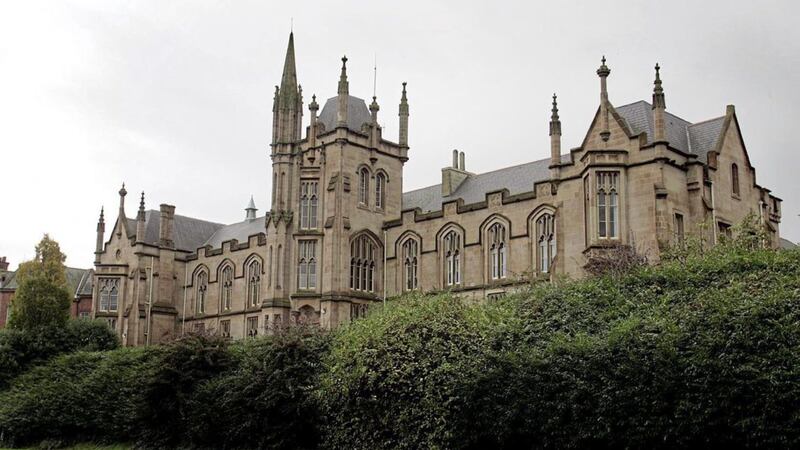TEENAGERS in the north are more likely to go into higher education than their peers in Britain, new figures suggest.
A school leaver's chances of going to university depend heavily on where they live, according to new data published by admissions service Ucas.
In 2017, the highest entry rate of any region was in London, where 41.8 per cent of the 18-year-old population was accepted to higher education.
This means, young people from London were more likely than those anywhere else in England, and the UK more generally, to be accepted into degree courses.
In England, the region with the second highest entry rate was the South East, where 33.7 per cent of 18 year olds entered HE this year. London and the South East were the only regions in England where the entry rates were higher than the entry rate for the country as a whole, which in 2017 was 33.3 per cent.
However, every region, except the South West – which had the lowest entry rate of all English regions at 28.9 per cent – had an entry rate greater than 30 per cent.
Elsewhere, Northern Ireland had the second highest entry rate in the UK, of 34.5 per cent. The entry rate in Wales was 29.4 per cent, while in Scotland it was 25.9 per cent though not all higher education in Scotland is recorded by Ucas.
Clare Marchant, Ucas chief executive, said: "A common theme to emerge from our analysis of data from the 2017 cycle is that the entry rate of 18-year-olds to higher education has increased across all parts of the UK.
"This trend is most pronounced in London. There have been significant and much documented improvements to secondary education in the capital. Understanding how to replicate this high level of attainment could help drive increases in entry rates elsewhere."
The Ucas End of Cycle 2017 report also found that nine out of every 10 acceptances to providers in Northern Ireland were domiciled in Northern Ireland.
This year, there were 9,195 acceptances from the north - accounting for 90 per cent. This was 285 fewer than in 2016, a fall of 3 per cent. Acceptances from England (350), the EU (365), and non-EU (250) were broadly unchanged from 2016.
Across the UK, acceptances from the EU fell by 2.1 per cent. This included a fall in young people from the Republic.
The End of Cycle Report provides independent in-depth analysis and insight about who is applying and getting in to HE, changing patterns of recruitment and the impacts of qualification, market reforms, and widening participation and access activities.
The full report, which will be accompanied by the release of around 300 data sets, is available from December 14 at www.ucas.com.








